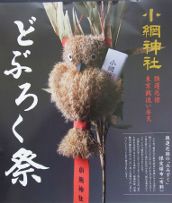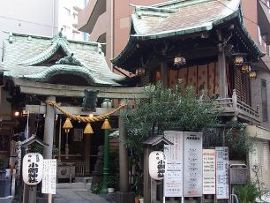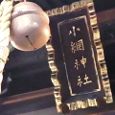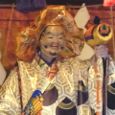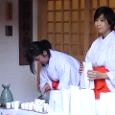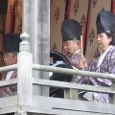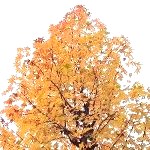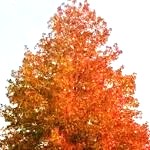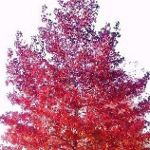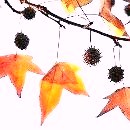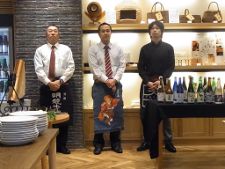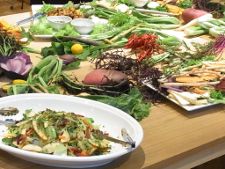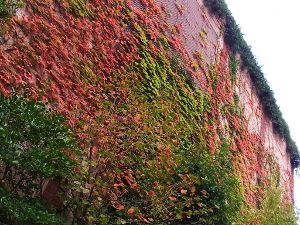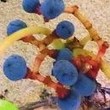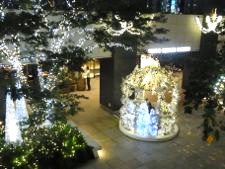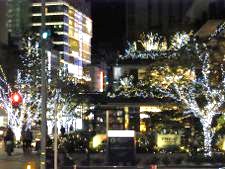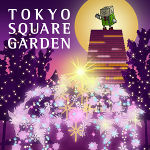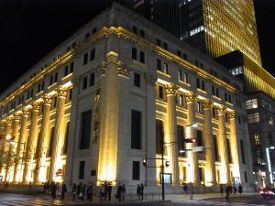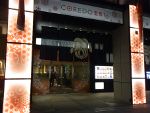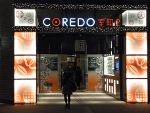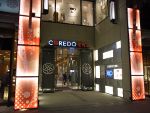 On November 28th, Koami Shrine "Doburoku Festival".
On November 28th, Koami Shrine "Doburoku Festival".
It is believed that the Nigori sake "Doburoku" of offering was served to worshipers at "Niiname-no-Matsuri" to appreciate the rich harvest of five grains.
Niiname-no-Matsuri usually takes place on November 23, but it is said that the area is usually held on November 28 (29 for Sunday and 27 for Saturday) due to fewer holiday populations.
On the day of the event, a limited bottle of sake "Good luck", which is based on the benefit of this shrine, and "Mimizuku", which is a good luck eradication, will be distributed, so this day is also a long line early in the morning.
"Mimizuku" is based on "Susuki", a representative of the seven herbs in autumn, based on the Doburoku Festival in November, and the benefits of exorcism and business prosperity are the "mi" of their own "mi" (body) and their family. ) Is awarded because it is "Tsuku".
Doburoku is served by worshipers from 9:00 am to evening.
(Three types of paper cups of large, medium, small and medium, and different capacity are available.)
After the festival from 12:00, the nationally designated Intangible Folk Cultural Property "Sato Kagura Dance" is dedicated to Jinmae.
Koami Shrine was enshrined in the first year of Bunsei (1466) and is said to reach 550 years in 2016.
To celebrate this honorable celebration, the precincts have been maintained one after another since last year.
In 2013, amulet reception counter was relocated, and Zenrai no Ii was relocated.
I hear that there is a plan to replace the roof of shrine hall and Kagura Hall.
